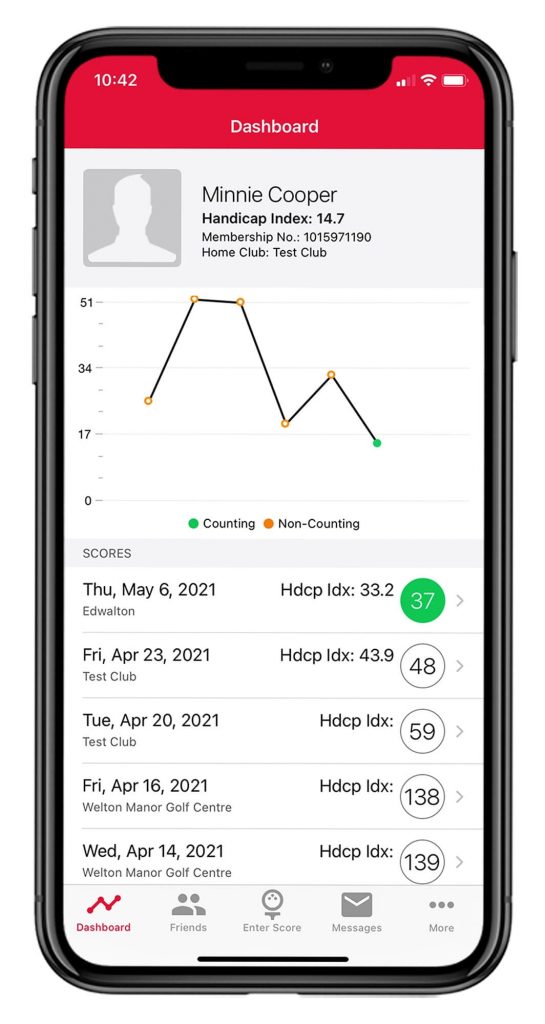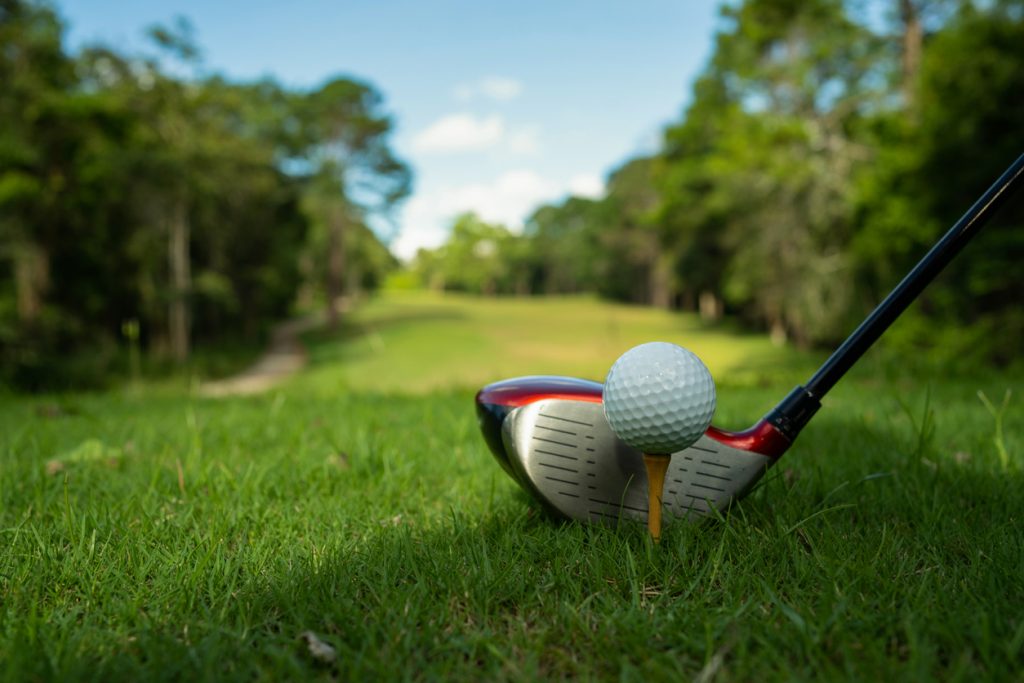The article below was written by Jack Backhouse of National Club Golfer.
Golfers can often have a love hate relationship with chipping, but it’s a vital part of the game if you want to shoot low scores. Here’s 5 mistakes to avoid if you want to start chipping better.
Amateur golfers will generally always miss at least 9 greens in regulation, which means on at least half the holes you play on the golf course, you will hit a chip shot, so it makes sense to be handy in this area of the game. Coaches often see 5 stupid mistakes golfers make when chipping.
Have the right tools for the job
The first place to start when trying to improve your chipping is to ensure you have the right clubs to cover the full range of shots for all the different situations you face on the golf course. Different courses ask different questions about your wedge game, so it is essential to get fit into wedges that suit your swing for the turf type you play the majority of your golf on.
Once you have the right tools, selecting the correct one is the next vital step in improving your wedge play. Too often, amateur golfers and poor chippers take too much loft when it would be much lower risk and easier to play the shot with a 9 or an 8 iron. Low loft chipping has a much more significant margin for error and removes the chance of hitting a horror shot that could cost you a double bogey or worse.
Unless you have something to go over that the ball can’t run through, try chipping with your 8 or 9 iron next time you play and see how much easier it is to get the ball inside 10 feet.
Assess the lie
The next step on the road to short-game mastery is to assess the lie correctly. A common mistake amateur golfers make is getting to their ball and picking a club without considering how the ball is sitting in the grass, which can lead to more regular fat and thin chip shots.
As a general rule, the worse the lie, the less loft you should use. When the ball sits down, shots become more complicated as you have to adjust your angle of attack. If this sounds too complicated and you don’t have hours a week to practice, you are often better off using your pitching wedge and a putting stroke to semi-thin the shot and get it on the green. From a bad lie, it is much easier to make a double bogey than save par, so don’t try to be too clever and just get the ball on the green.
Use your wrists correctly
There is a myth in chipping that needs busting, and that is that you should keep your wrists stiff to stop hitting fat and thin shots. This is just simply not the case. If you want to hit great golf shots, then softer wrists will allow the club to swing more, which not only improves your distance control but also gives you more chance of a solid strike. Some of the greatest chippers of all time have actually been the players with the softest wrists!
Golfers should train themselves to hit the sand 1 inch behind the ball, keeping the ball position the same and then control their distance by varying the length of swing and club head speed, but always hit the sand in the same place. A great drill for this is to put an alignment stick down in the sand roughly 4 or 5 inches behind the ball and hit some shots trying to avoid hitting the stick. Moving your sand entry point closer to the ball will allow you to hit the ball high with spin and with more control than you have ever had before.
It also helps to have a specialised wedge to use in the sand, not just the sand wedge that comes as part of an iron set. This is because they are designed with specialised grinds and lower leading edges that help the club move through the sand smoothly and not dig. Keeping the divot shallow helps get the ball out more often, too.
Know your limitations
Something that gets amateur golfers into trouble all too often is trying to do more than they are capable of. This happens a lot around the greens as we see a lot of unbelievable shots on the PGA Tour coverage week in and week out, so not only are golfers conditioned to think those epic shots are normal when they are not, but also golfers have all at one time or another hit a world-class high-risk shot so believe that they are capable of doing it again.
The quicker amateur golfers realise they need to play for their average, not their best, the faster they start taking fewer shots around the greens. This means sometimes aiming away from flags when in bad short-sided positions or hitting a 9 iron from a bad lie when a sand wedge might allow them to hit it closer. Mid-handsappers need to remember that the way to lower their score is not to make more pars but to make fewer double bogeys, and by playing the easiest, lowest-risk shot around the greens, double bogeys will become a thing of the past.
Use the most simple chipping technique
If you haven’t got the picture by now, it is much easier to chip with your 9 iron than it is with a lofted wedge, and it can be made even easier if you have the right technical ideas in mind. The keys to the foolproof basic chip is in your set-up. A golfer should stand up tall to the ball and near the ball so that the toe of the club is down and the club’s heel is in the air. This will feel very upright but will make you employ a putting style technique which propels the ball low and running, with little chance of hitting it heavy.
It is even a good idea to try and hit these shots slightly thin, as a thin strike and a centred strike will go near enough the same distance with a 9 iron chip, so it is always better to err on the side of too thin rather than hitting the ground first, as this can result in disasters. This may seem counterintuitive, but if you get out onto the practice area and deliberately semi-thin some chip shots, you will not only quickly learn how hard to swing to get the ball to go the right distance, but you will realise how easy it is to chip well.
The fastest way to improve your scoring is to sharpen up your short game. This starts by removing any mistakes or bad shots and then continues by getting better and better at choosing the right club for the shot, picking a good landing spot and then learning how to hit the ball the right distance. Near enough, all good players have a respectable short game, so if you want to improve your scores and lower your handicap, sorting out your chipping is a great place to start.













